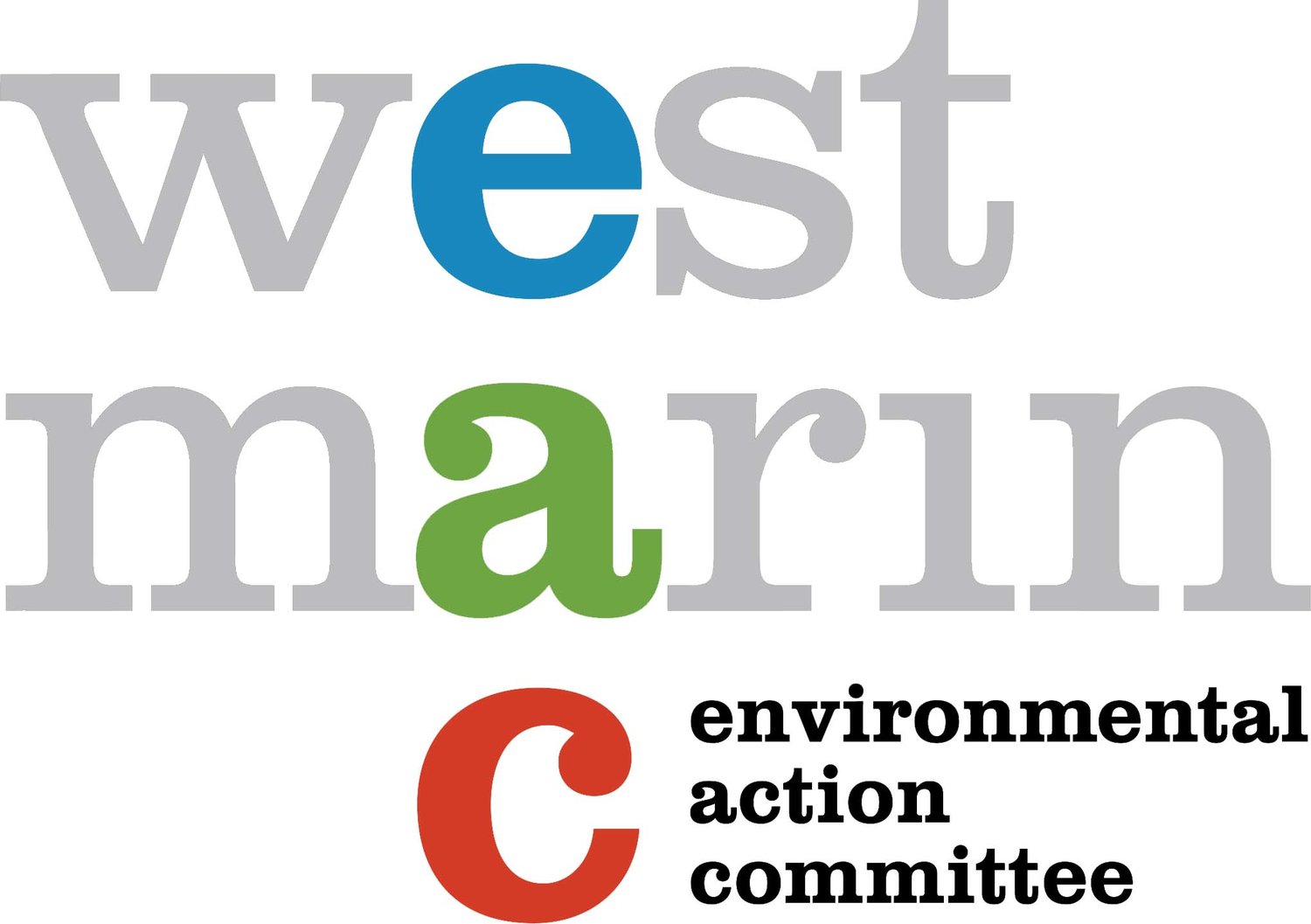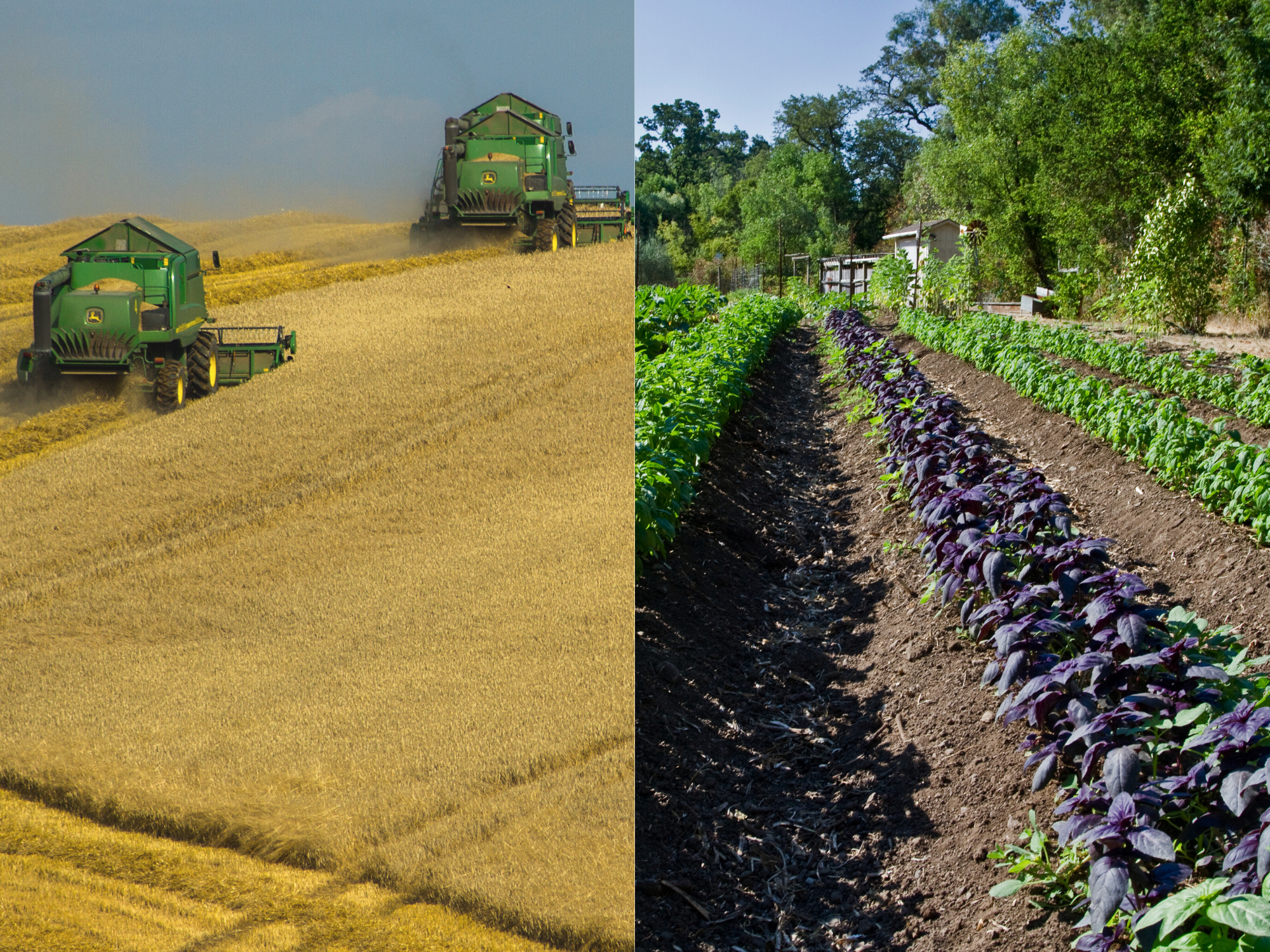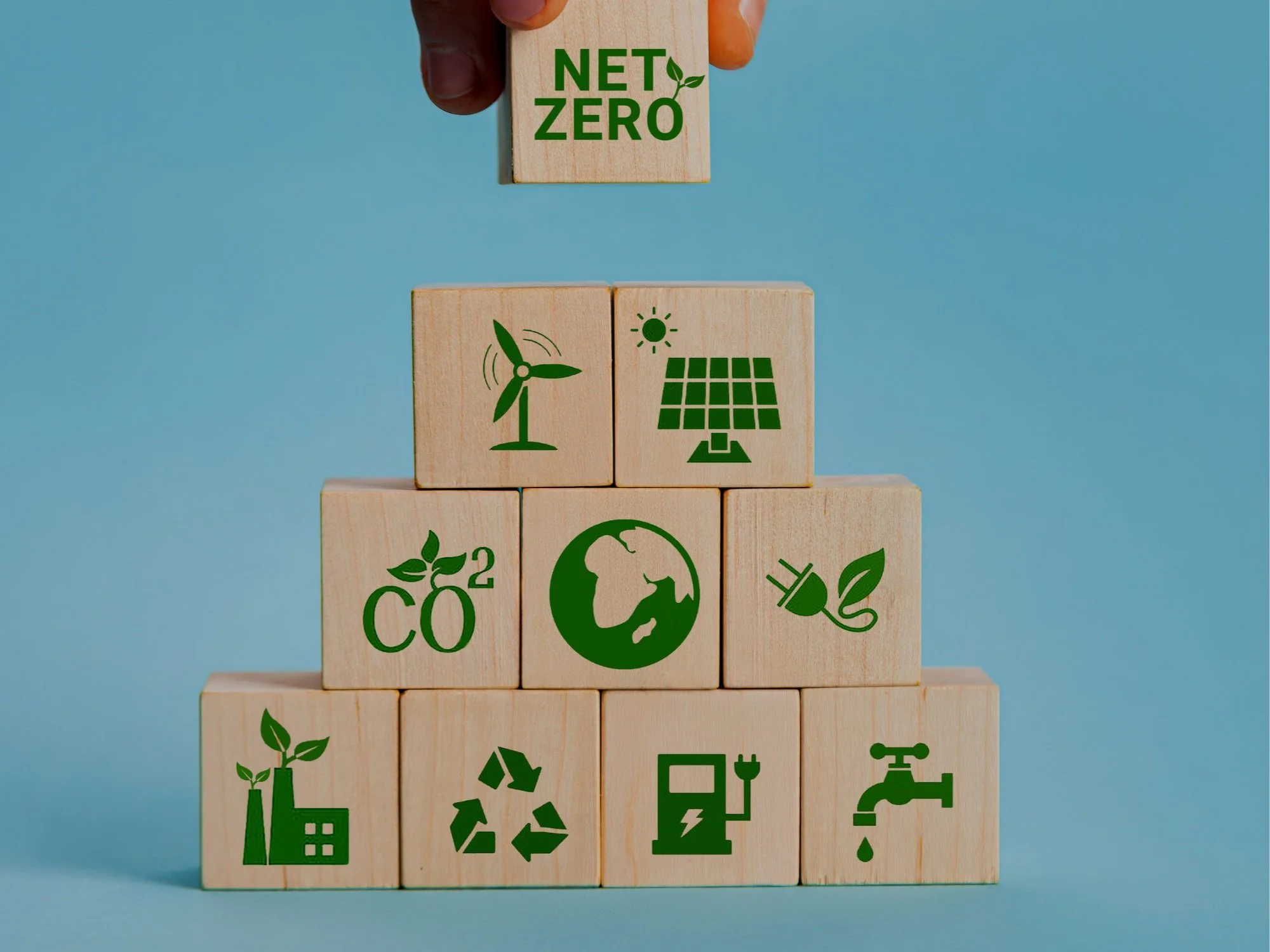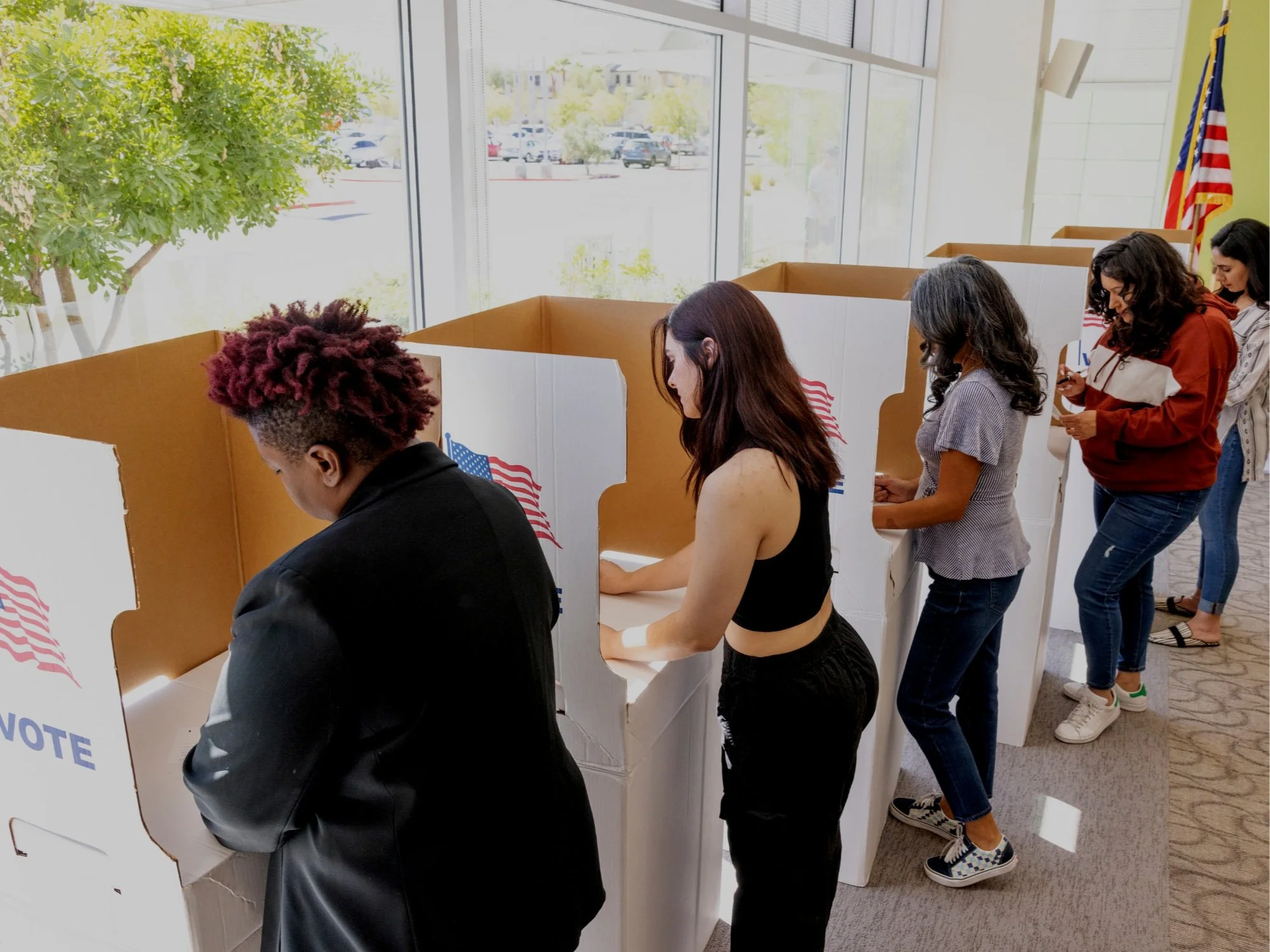Educational Exhibit: Building Coastal Resilience to the Climate Crisis
EAC has been at the forefront of environmental advocacy
for more than 54 years, and our Coastal Climate exhibit seeks to unite people to explore our changing climate and find space for hope and action. By providing a platform for education and discussion, we aim to foster a deeper understanding of our ecological and environmental challenges and empower individuals with the knowledge and motivation needed to take action. We strive to cultivate a more conscious and environmentally responsible community in coastal Marin and empower our community with knowledge for meaningful climate action. This exhibit was initially exhibited in 2023.
This exhibit is available to borrow.
Exhibit Loan Includes:
Educational Posters (most materials are suitable for wall hanging) and include: poster (16.5 x 12.5 inches) on the circular economy; light up earth (20-inch diameter); 24 photo blocks, climate themed (4 inches square); larger mixtiles photo blocks (8.5 inches square); 6 metal prints (8.8 inches square) including climate stripes, IRA savings, and others related to climate and sustainability education; 9 binders with local (Marin), California, and international climate reports; 3 stand up banners including what is climate change, can we change, and impacts of climate change (34 inches wide x 6 feet tall approx.); 6 bigger panels on Marin sea level rise education (16.5 x 24 inches); and larger photograph mixtiles (16.5 x 12.5) climate related images.
Email info@eacmarin.org to borrow this exhibit. Photo reel for inspiration from the original exhibit. Not all materials are available.
Find Hope and Take Action
learn more about the featured climate actions
Safeguard Our
Coast & Ocean
Oceans are deteriorating under the combined pressure of human activities, global warming, and acidification. Creating and expanding Marine Protected Areas (MPAs) helps to restore and create resilient ecosystems.
Defend & Create Resilient Watersheds
Healthy forests capture and store water, naturally regulate streamflows and water quality, reduce flood and storm damage, control erosion, and replenish ground water. Healthy, resilient watersheds are the best insurance policy for a changing climate.
Support Regenerative Agriculture
Since 1850, industrial agriculture has created a legacy of water pollution, animal abuse, degraded land, and wildlife habitat destruction. It has been responsible for over a third of all carbon dioxide emissions generated by humans.
We must switch to regenerative agriculture, which is modeled on nature, sequesters carbon, heals land, and honors life.
Get to Net Zero
Net zero means cutting greenhouse gas emissions to as close to zero as possible. Transitioning to a net-zero world is one of the greatest challenges humankind has faced. It requires a total transformation of how we produce, consume, and move. Replacing polluting coal, gas and oil-fired power with energy from renewable sources, such as wind or solar, would dramatically reduce carbon emissions.
Protect Estuaries,
Wetlands, and Tidal Marshes
California has lost more than 90% of its historical wetlands and today, many remaining wetlands are threatened. Protecting, restoring, and stopping development and encroachment safeguards one of some of the most important ecosystems on the planet. As a bonus, all three of these habitats provide co-benefits for climate resilience and mitigation for communities near shorelines.
Protect Biodiversity Corridors
Biological diversity is the variety of life on Earth and the natural patterns it forms. The biodiversity seen today is the result of 4.5 billion years of evolution and, increasingly, of human influence as well. It forms the web of life, of which humans are integral and upon which people and the planet so fully depend.
Create a Circular Economy
A circular economy is essential for fighting climate change.material extraction and use amount to 70 percent of global greenhouse gas (GHG) emissions. through efficient and more circular use of materials in just four key industrial materials (cement, steel, plastics, and aluminum), circular economy strategies can help reduce global GHG emissions by 40 percent by 2050. And if we also include circular approaches within the food system, we could achieve as much as 49 percent reductions in global GHG emissions overall.
Take Civic Action
To fix a broken system, we have to elect people who want to change it, ensure that our public agencies are meeting the expectations of their communities, and that our communities are working together towards equitable solutions to the crisis before all of us. This is especially important for local, regional, and state elections and policy decisions.
Thank you to our Original Event Sponsors, Exhibit Partners, Organizations, and Agencies working collectively towards Climate Action
Thank you to our friends and partners who made this exhibit possible.
West Marin Fund, Unicorn Printing, John Dulger-Sheikin, and the generous support of the EAC membership towards our 50th Anniversary Fund vision.
We are grateful to the resources provided by the IPCC, United Nations Environment Programme, the State of California, the County of Marin, and the resources within the public domain shared by Regeneration. Regeneration is working to connect humanity to possibility, to the core idea that the climate crisis, the greatest problem civilization has ever faced, contains myriad solutions, actions, and initiatives that can create a better world for all.
Banner Image Credit #ShowYourStripes
www.biodiversitystripes.info. Living Planet Index database. 2022.















































